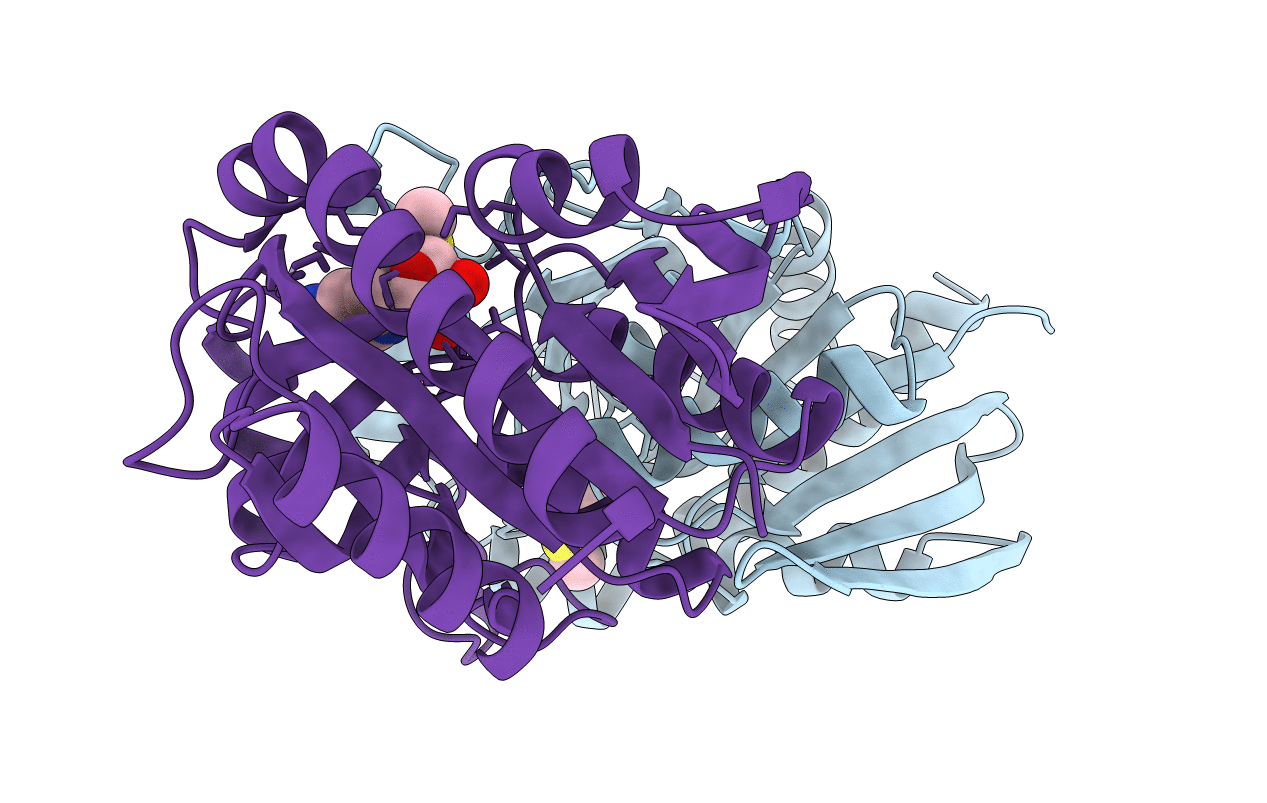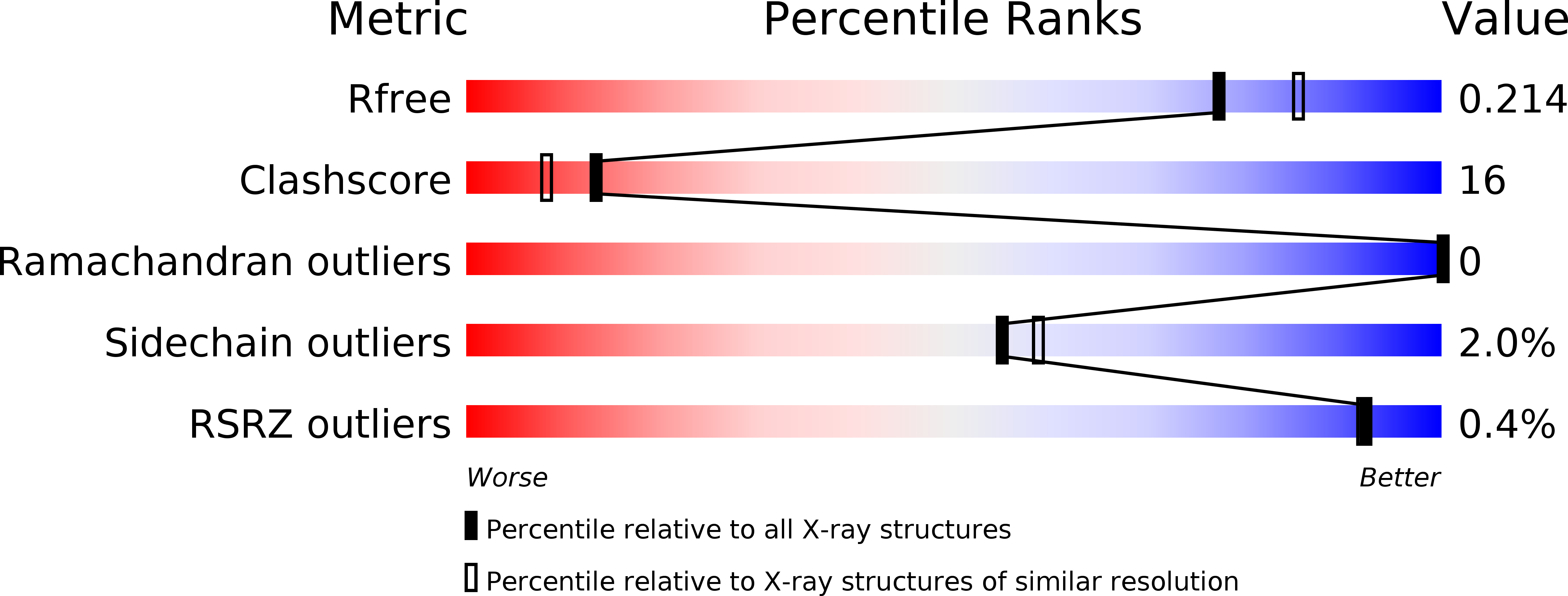
Deposition Date
2002-12-04
Release Date
2003-11-25
Last Version Date
2023-08-16
Entry Detail
PDB ID:
1NC1
Keywords:
Title:
Crystal structure of E. coli MTA/AdoHcy nucleosidase complexed with 5'-methylthiotubercidin (MTH)
Biological Source:
Source Organism:
Escherichia coli (Taxon ID: 562)
Host Organism:
Method Details:
Experimental Method:
Resolution:
2.00 Å
R-Value Free:
0.22
R-Value Work:
0.19
Space Group:
P 21 21 21


